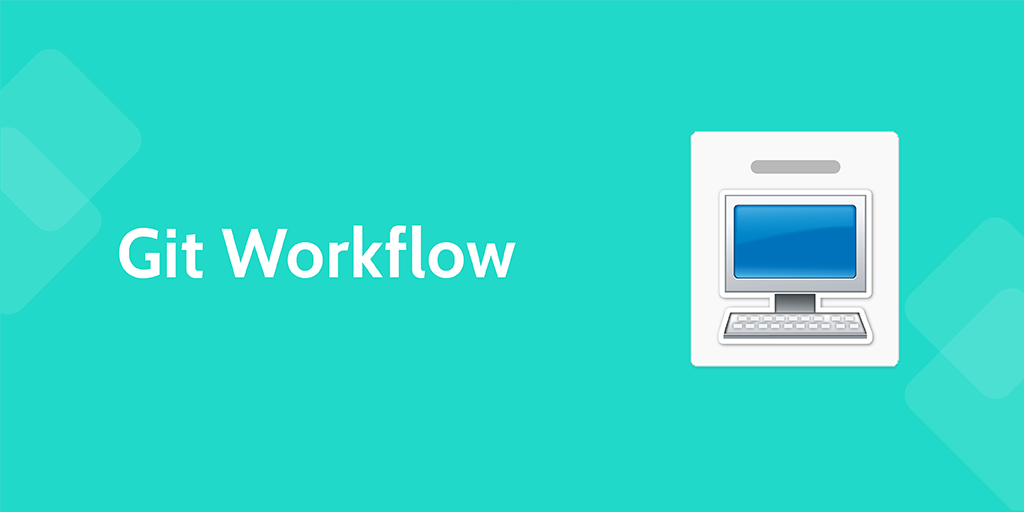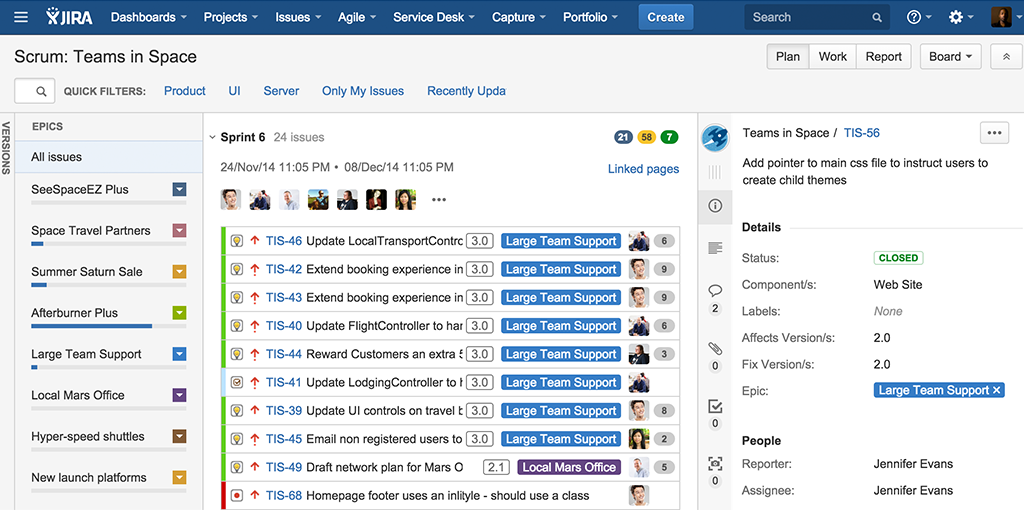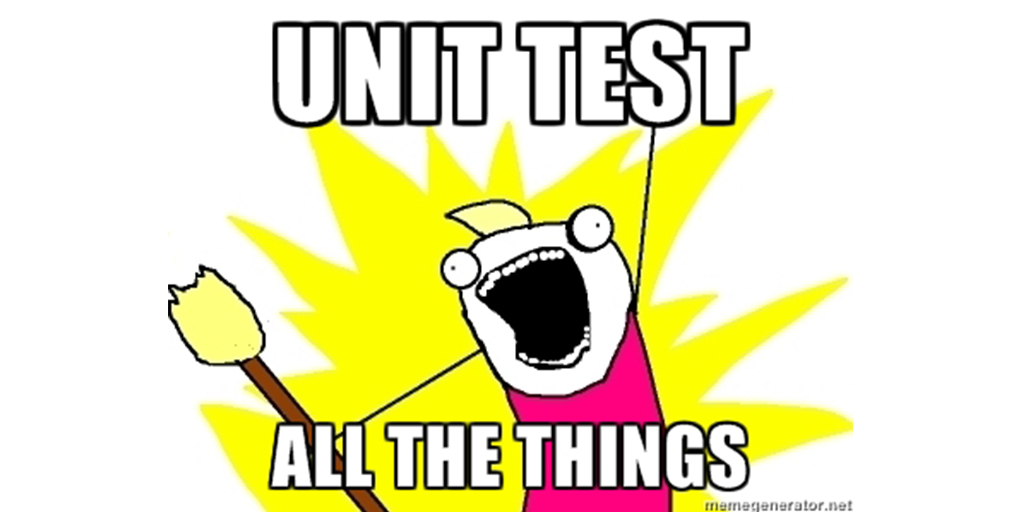Your latest sprint is almost over and everything has been running smooth as butter; things are looking great! All you need to do is finish off your git workflow and publish that final, one-line update and then clock off for the evening.
Aaaaaaaaand everything's broken.
'...we all make mistakes. Some of those mistakes are unimportant, but some of them are expensive or dangerous' - ISTQB
Never fear! By following this template you can ensure that your git workflow will run smoothly every single time. From forking your repository to testing the living daylights out of your alterations, we here at Process Street have the perfect executable checklist for any and all updates to your code.
Let's get started!





